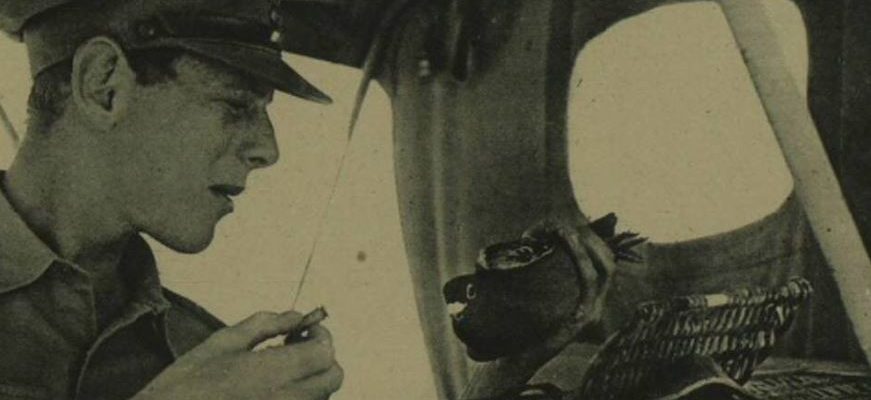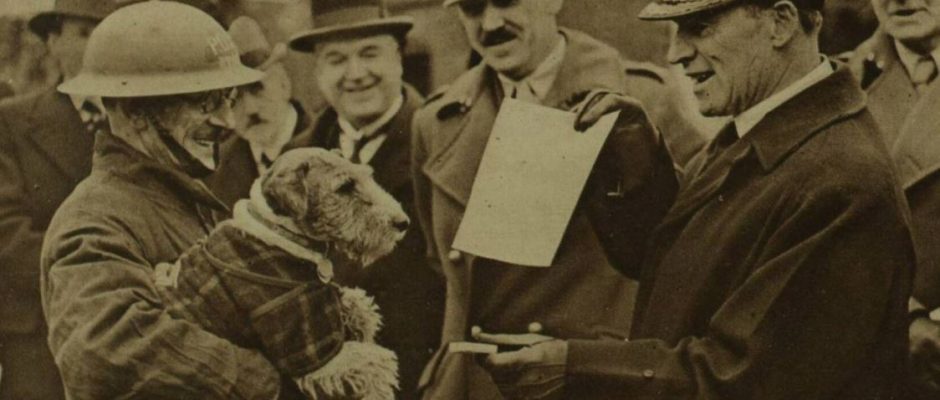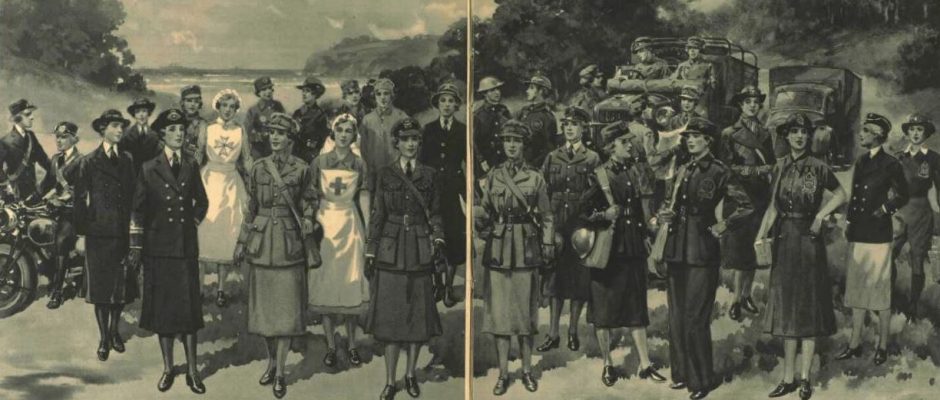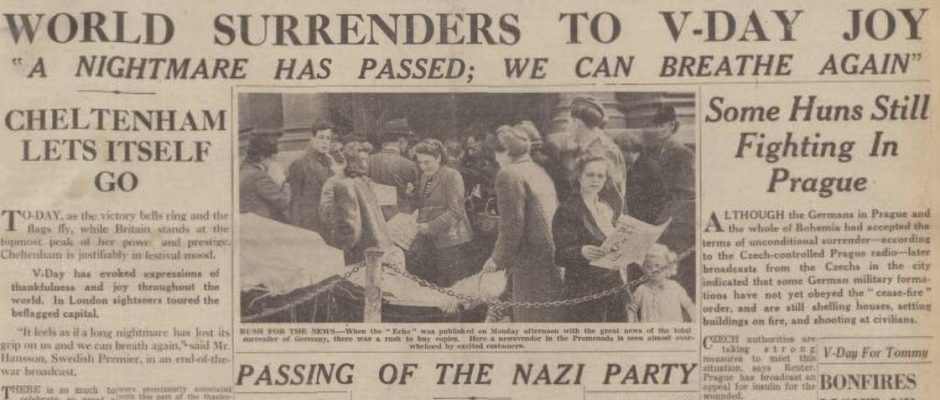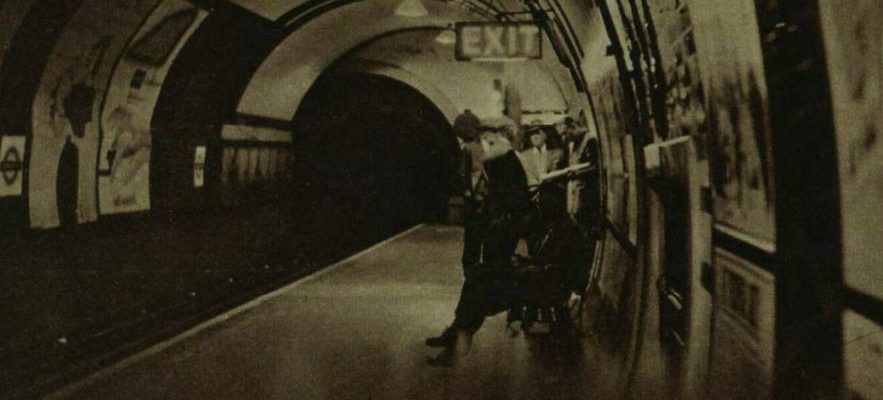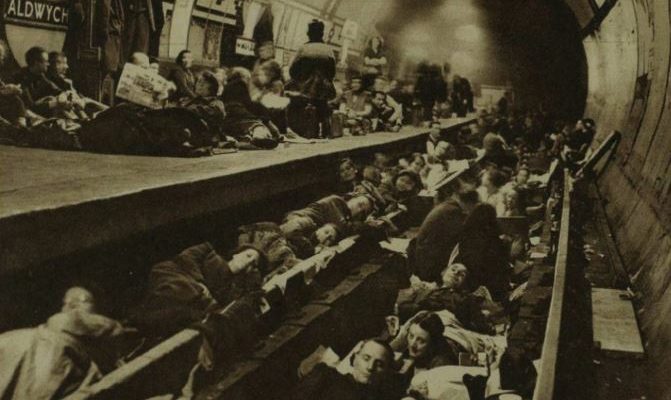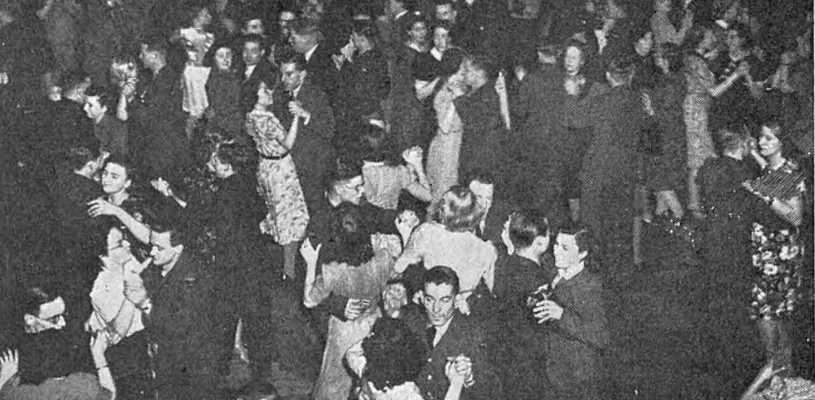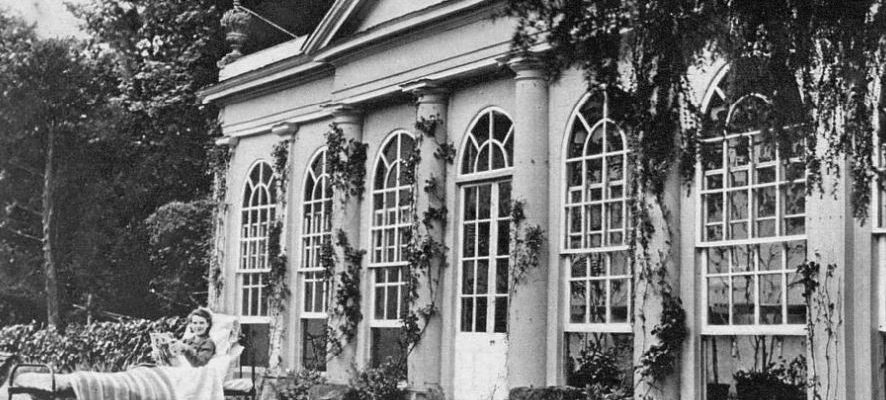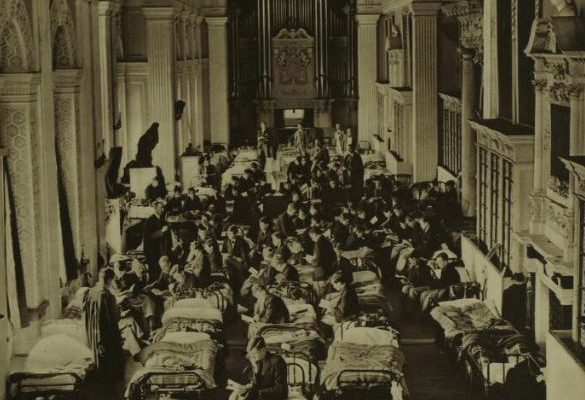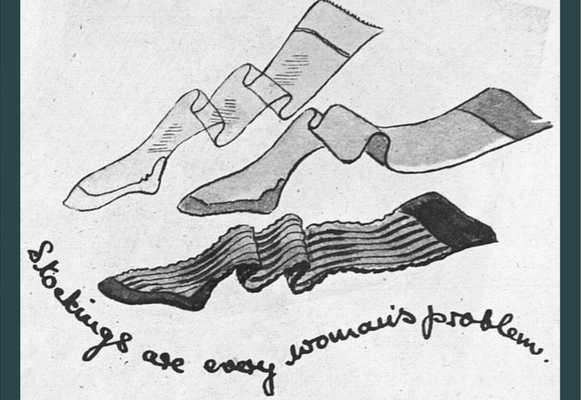Every Army, Air Force, Navy and Secret Service in the world has its feathered battalions, and when the story of the war is written finally it will be found that many a battle has been won, many a ship preserved and many a life saved through the help of the feathered soldiers. These were the words of Victor Newton as he wrote for the Aberdeen Press and Journal in 1943, describing ‘how pigeons play their part in war.’ And so, in this …
Second World War
This month at the British Newspaper Archive we are celebrating all things pet related – and what better way to start than by taking a special look at some of the bravest cats and dogs that we have found in the pages of our newspapers? Irma the Alastian receives the Dickin Medal for rescue work during the Blitz | Illustrated London News | 20 January 1945 From the role that dogs played on the European front during the First World War, and …
Tags
Continuing our commemoration of the 75 years since VE-Day, in this special blog we explore the vital role that women played throughout the course of the Second World War. In 1939, for a second time in just over twenty years, Britain found itself embroiled in an international conflict, and women stepped forward to work in civil defence, armed forces, and industry. Unlike any other country, for the first time, British women were conscripted into service. On 18 December 1941, the …
Tags
This month marks the 75th anniversary of VE Day – the day that peace in Europe was finally declared. After nearly six years of conflict – how did the newspapers of the time report the momentous news? How did the people of Britain react? Gloucestershire Echo | 8 May 1945 Using the front pages from the 8 May 1945, VE Day itself, we take a step back in time to discover just how the joyous news spread, and how it was …
Tags
Reading like a 1950s noire novel, or a Cold War thriller from the pen of John le Carré, the murder of Polish aristocrat Countess Teresa Lubienska on the platform of Gloucester Road Underground station shocked the nation, and provoked a massive man hunt that saw 18,000 people interviewed over the following months. Belfast Telegraph | 25 May 1957 Using contemporary articles found in the British Newspaper Archive, we explore the circumstances of Countess Lubienska’s murder, the possible motives behind her killing, …
Tags
When the Blitz began on 7 September 1940, ‘It was the people of London who took command…Men, women, and children went straight to the safest place they could think of – the Underground stations.’ In this special blog, over 80 years after the beginning of the Blitz, we take a look at how London’s main transport system – the Underground – became a popular place of shelter for those seeking protection from the German bombing campaign, using an assortment of …
Tags
‘It is not proposed to make total war total misery,’ said the Home Secretary Herbert Morrison in 1942, as he announced in the House of Commons that dancing was not to be included in the ‘recreations that are to be restricted to prevent interference with the war effort.’ Indeed, for many, dance was synonymous with their experiences of life in the Second World War. American GIs brought over with them new and exciting dance styles, and dancing itself was a …
Tags
During the Second World War the government requisitioned country houses across the United Kingdom for the war effort. No house was exempt, with the grandest stately homes re-purposed to house everything from schools to maternity homes, from military hospitals to war supply depots. Using photographs and contemporary articles found in the British Newspaper Archive, we will look at the myriad of purposes for which stately homes were used during the six year conflict. Many houses were taken over to be …
Tags
Over eighty years since the first children were evacuated from cities across Britain, and as part of our history of childhood month here at The Archive, in this special blog we will take a look at how country houses were requisitioned by schools and their evacuated children. Want to learn more? Register now and explore the Archive The grandest of stately homes were not exempt from requisition, with some of the country’s largest and most famous houses, including Blenheim Palace, …
Tags
In discussing the fashions during the Second World War, we turn to the pages of Britannia and Eve. Along with providing general news, this paper has dedicated sections on such topics as fashion, home, and knitting. Wonderful illustrations and photographs are included amongst its pages. Explore all our fashion findings here! Knitting Knitting advice and patterns are no strangers to the pages of our newspapers. It could be said that the value of such readily available information was made all the …


